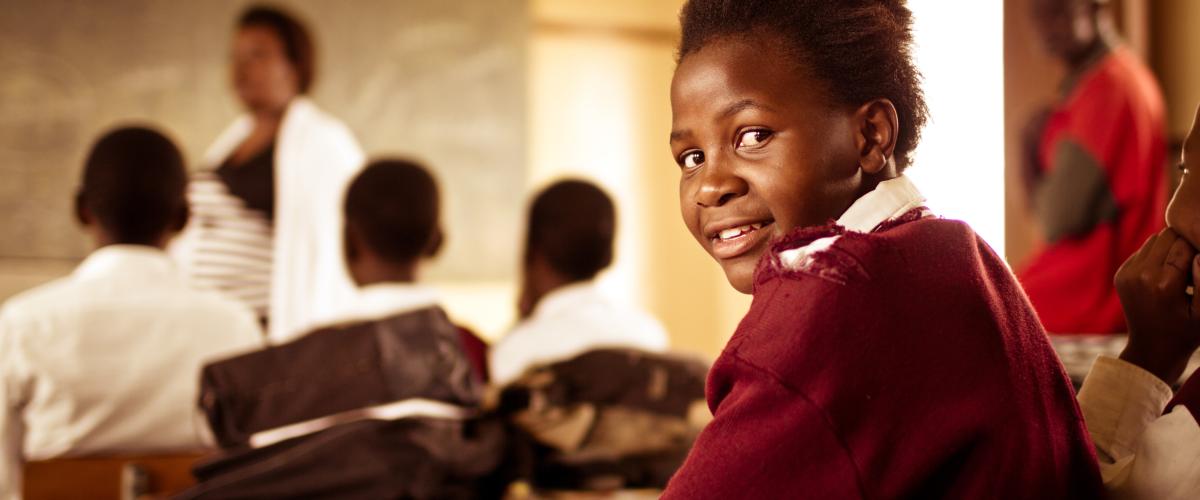Few regions of the world are as exposed to natural hazards and climate change as the Caribbean. When disasters strike the region, impacts on housing, transportation networks, and public facilities such as hospitals and schools can be sweeping and debilitating. For example, when Hurricane Maria hit Dominica in 2017, over 28,000 homes, representing nearly 90 percent of the building stock, were destroyed.
In Dominica and elsewhere in the Caribbean, the destruction brought about by such devastating events has spurred ambitious initiatives by government agencies and international organizations aimed at fortifying critical infrastructure before the next disaster. The Resilient Housing Scheme by the Government of the Commonwealth of Dominica, for one, strives to make 90 percent of its housing stock resilient by 2030.
Yet for such programs to be successful, accurate and up-todate maps of buildings and their characteristics are needed to identify and retrofit damaged structures, relocate vulnerable and at-risk citizens, and construct new resilient homes. Although comprehensive, the traditional house-to-house surveys that generate the baseline geospatial data for these maps are time-consuming and expensive, and thus often out of reach for developing countries.
With support from GFDRR and the World Bank, a technical team is tackling this challenge by harnessing both Earth observation (EO) data and artificial intelligence (AI) to rapidly generate baseline geospatial data for resilient infrastructure efforts.
Currently, the team is planning to train local government staff and other key stakeholders from Dominica and St. Lucia to coordinate drone mapping efforts that can enable the inexpensive and frequent collection of very high-resolution aerial images. Already, the team has been strengthening their ability to manage the largescale geospatial data sets that such collection efforts typically produce. By investing in the regular collection of aerial images, governments in the Caribbean will be able to use pre- and postdisaster aerial images to rapidly identify damaged buildings after an extreme hazard event.
The team has also laid the groundwork for utilizing AI tools to extract building characteristics such as building size, roof material, and damage levels from the aerial images. For example, the team has conducted a pilot study in Dominica where AI was used to automatically extract building footprints and classify rooftops from very high-resolution aerial images, achieving correct prediction for approximately 90 percent of the houses. The model outputs consist of building footprints labeled with their corresponding roof type (e.g., flat, gable, hip) and roof material (e.g., concrete, metal, blue tarpaulin, incomplete)— attributes that are key to determining a building’s resistance to wind and whether it has been damaged. Overlaying the AIgenerated information with hazard maps (e.g., flood inundation maps, storm surge risk maps) can help decision-makers quickly and efficiently identify high-risk structures.
Combining AI and Earth observation with local knowledge and expertise has immense potential to further refine the baseline geospatial data. Accordingly, a priority for the team is to collaborate with local experts to manually interpret, validate, and refine the AI model outputs. Integrating human-in-the-loop workflows allows human validators to address model limitations to obtain the most accurate results, increasing confidence and trust in the generated maps.
AI and Earth observation represent only one way in which GFDRR’s Digital Earth Partnership and the World Bank are supporting Caribbean countries in their effort to build resilient infrastructure. For example, an in-depth assessment of the current geospatial capacity in St. Lucia covering four dimensions— institutional arrangements, people, data, and systems—has recently been completed. The assessment is designed to help identify specific areas where GFDRR and World Bank support might be most invaluable in the future. In addition, a comprehensive stocktaking of key data sets for resilience in four countries—Dominica, St. Lucia, Grenada, and St. Vincent and the Grenadines—has also been conducted.

View more results stories from fiscal year 2023 in GFDRR's Annual Report 2023.
